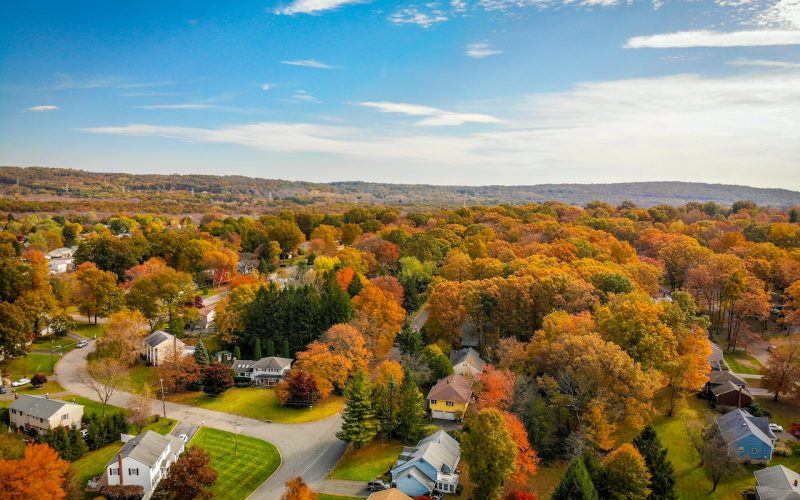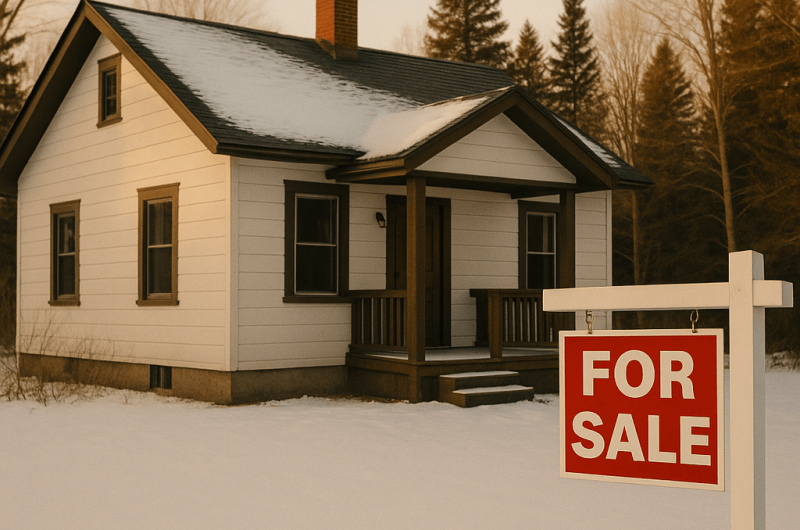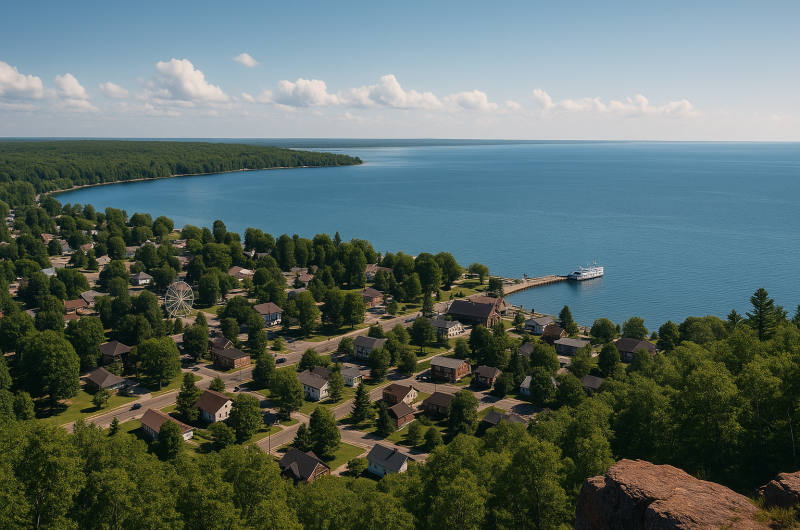Michigan Public Policy Survey: UP Local Government Leaders Most Likely to Report Housing Shortages

The following article was written by Tom Ivacko, Executive Director of the Ford School’s Center for Local, State, and Urban Policy (CLOSUP), and Debra Horner, Project Manager for CLOSUP’s Michigan Public Policy Survey (MPPS) program.
Concerns among local government leaders in the Upper Peninsula about housing shortages in their communities have more than doubled since 2017. Today, 59% of officials from U.P. cities, villages, and townships say they have too little single-family housing and 61% report insufficient multi-family housing in their jurisdictions, the highest regional percentages in the state.
These assessments are based on statewide surveys of local government leaders from the Michigan Public Policy Survey (MPPS). Since 2009, the University of Michigan’s Center for Local, State, and Urban Policy (CLOSUP) has conducted the MPPS to gather the insights and concerns of elected and appointed officials from all 1,856 of Michigan’s general purpose local governments on a wide variety of topics.
The spring 2023 wave received responses from 136 Upper Peninsula jurisdictions, including 10 counties, 18 cities, 11 villages, and 97 townships.
The MPPS first asked about local housing issues in fall 2017 and again in spring 2023. In that short time, alarm over the lack of housing in Michigan communities has risen sharply among local leaders across the state, but nowhere more so than in the Upper Peninsula.
When asked whether their jurisdiction has sufficient supply to meet local demand for a variety of housing types, 59% of UP city, village, and township leaders in 2023 report “too little” single-family housing (see Figure 1 below). Another 34% across the region say they have “the right amount”, while 6% are unsure. Among the 10 U.P. counties that responded to the spring 2023 MPPS, all of them say their county has too little single-family housing.

Furthermore, nearly two-thirds (65%) report insufficient entry-level housing in their city, village, or township, more than twice the percentage from 2017, when just 27% said there was too little. Among U.P. county officials, 90% say their counties have too little entry-level housing.
A majority (52%) of local leaders from the U.P. say their communities currently lack sufficient affordable housing.
Nearly two-thirds (65%) report that local housing stock that is out-of-date, and 69% say their housing stock suffers from blight. Just 24% of local officials from the U.P. believe they currently have a sufficient regional construction workforce to meet demand for new or renovated housing.
When asked whether their local government has policies or zoning requirements that hinder new construction or housing renovation in the community, just 14% in the U.P. agree, while 39% disagree and 8% are unsure.
CLOSUP staff are available to answer questions and help interpret the data (by email at closup-mpps@umich.edu or by phone at 734-647-4091).






One question I have is what percentage of available decent and affordable housing has been converted into short term rentals. I don’t know how many communities have regulations covering short-term rentals or keep track of the numbers. I think it is important to have this information.
This!! When searching for rental housing in the UP the vast majority of results are vacation rentals. Why aren’t there regulations to limit vacation rentals so that local people have housing options?
With UP population in decline the number of housing units stable & a very small percentage of units devoted to B&B’s how can there be a shortage of housing?
In line with above comments, it is very frustrating that not a single article on this subject addresses the paradox of a stable or declining population and a severe housing shortage. What are the factors? Are there fewer people per home – i.e. lots of 1 person residences vs. couples or families? Are new units being purchased as second homes for people that live here only part time? Are units being converted to short term rentals. Until we understand the WHY of a housing shortage in a declining population, targeted solutions will elude us. I have made similar comments in the past and challenge the Rural Insights Editorial Staff to directly address this issue.
I have to echo Nancy’s query. There seems to be a disconnect with stable/declining populations and the need for more housing. The MPSS article does little to enlighten us. It mostly provides us with the opinions of officials about the state of housing in various localities. Readers might be left with the impression that there is a 41% deficit in housing across Michigan, but the 41% refers to the percent of city officials that believe there is a housing shortage. The article never indicates how much of a shortage there is. It does not, for example, detail how much additional housing would be considered adequate in each of these localities. For example, in Marquette county do we need 5% more housing? 25%? And is the problem simply inventory, or is it affordable inventory? Are rentals and apartments considered “housing” or is the shortage based only on single family homes? These are the questions that need to be addressed.